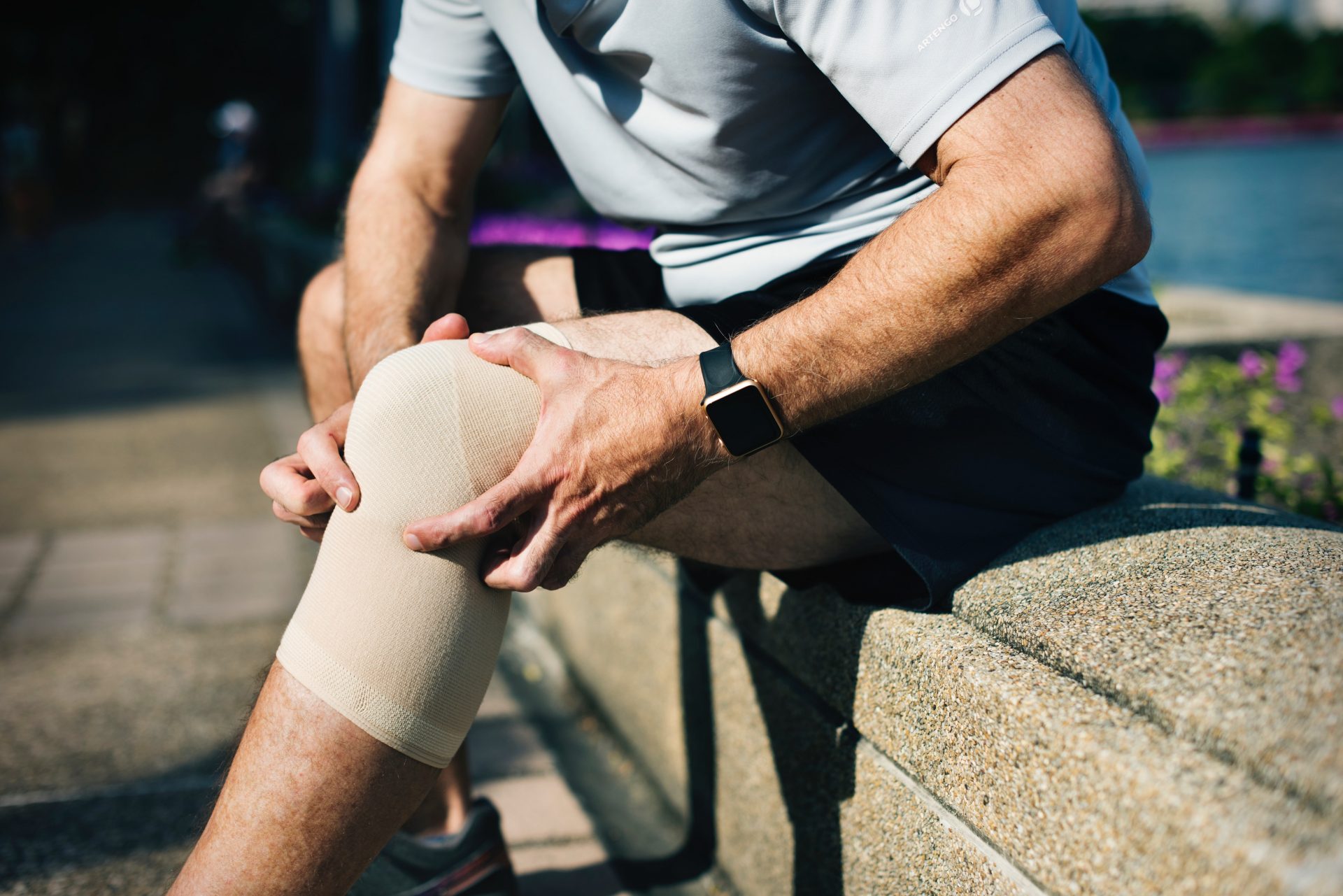With the local winter sports season well and truly underway, we as physiotherapists often get asked the question, should I use tape?
The use of tape has been part of a physiotherapist’s toolkit for a number of years. Throughout this time there have been a number of changes to the materials, techniques and even ‘styles’ involved in taping, and with elite athletes often wearing tape that is clearly visible to the weekend warrior’s amongst us, the question of whether to use tape or not, has only increased.
So, should we be taping?
The question of whether to tape an area or not comes down to consideration of a few key principles.
Tape will not prevent an injury. This point is key. A lot of people expect that if they tape an injured or susceptible area, it will rid them of the risk of injury. This is not the case. Tape may reduce the severity of an injury, but does not eliminate the risk. So for example, a taped ankle can still sprain, but it may reduce the severity of the sprain. This is evident in elite sport. A lot of elite athletes, such as AFL footballers, will prophylactically tape. Meaning they tape a body part, ankles being a common example, despite never having a serious ankle injury. There are still ankle sprains in the AFL, so the tape doesn’t stop injury. But the tape is there to attempt to reduce the severity of the injury and hopefully reduce the number of matches missed.
Another important point is that tape should never be substituted for a proper rehabilitation program. If you know you have a weakness in a certain area that makes you susceptible to an injury, taping is fine, but do yourself a favour and consider seeking the advice and guidance from a health care professional, to address the weakness. An exercise program that helps reduce the risk of injury is often of benefit and can be used in conjunction with taping. But rarely do we recommend the use of tape in isolation.
This flows into the next question that we get asked. Will taping make my joint weak? My advice. Regular taping is fine, as long as there is the counterbalance of some other strength, balance or conditioning work. To understand this point further we need to understand what tape does.
Amongst other things, taping helps provide proprioception to a joint. What this means is that tape helps enhance the feedback loop that naturally occurs in our body. When we walk or run, the tissues within out lower limb give feedback to our brain on what they are doing. To take the ankle for example again, when we step on an uneven surface the tissues in our ankle send messages to the brain saying where they are. The brain then interprets the information and sends signals back down to muscles and tendons around the ankle, instructing what to do, so that we don’t lose our balance. Tape gives more sensation around the ankle, so helps provide more feedback to the brain and can enhance our proprioception. If we were to tape our ankle all the time and didn’t exercise it without tape on, the feedback loop can become reliant on the tape itself. We could then feel ‘weak’ in everyday activities.
This applies for taping of all joints and isn’t ideal. So, if you do tape regularly for matches or training, it’s best that you do something that works on the tissues around the joint, without tape on and help maintain the natural feedback loop within the body. This could be specific physiotherapy exercises or simply doing some sports specific training without tape on.
The last point to consider is tissue healing and the risk of re-injury. If you have had an injury to an area but by taping the joint, you feel you can return to play quicker, make sure you seek professional advice before simply doing so. It’s important that you know the risks before stepping out onto the playing field and a health professional will be able to give you guidance on whether it’s a good idea or not. There are some circumstances where a physiotherapists will allow a person to return to play, if taping allows them to function better, but this decision is made with careful, professional consideration to how well the tissue has healed and what the risk of further injury is.
So should we tape? Of course! But make sure it’s done in consideration of the principles mentioned above. Realise that it won’t prevent an injury from occurring, you do need to do something else to help with your recovery or injury prevention and that seeking advice when you are unsure is probably the best thing to do.
Tape is a wonderful tool and there’s a place for it in all levels of sport and recreation. Be sensible about when you use it and it certainly can be the way to go.

